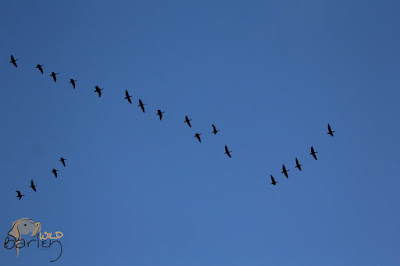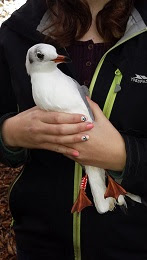'We are going on an adventure'
'the clothes over pajamas type of adventure'
In the dark we climb into the car and start up the mountain. The narrow road winds along the ridge and then up through the valleys. Tall, solid, black mountains rear up on either side of us, pitch black and not a feature to be seen they are a solid mass. Above the sky is starting to turn blue rather than black. Dawn will soon be breaking, but for now the sky slowly changes through shades of deepest blue.
Finally we stop and, bundled in warm clothes and hats, pajamas still buried beneath the layers, we continue on foot up onto the mountainside. The sky continues to lighten, the features of the valley and mountainside begin to appear. Trees, winding river and road below; bracken, heather and gorse covering the mountain. We climb up the muddy path.
Ahead the sun finally breaks over the ridge, bright and blinding, spilling light over the deep russet reddish browns of the bracken and deep greens of the gorse. The mountainside becomes bathed in glorious morning light. The wind is keen, tearing at leaves and the bobble on hats. A curtain of rain sweeps down the valley below, slate grey in stark contrast to the bright blue above our heads. In this early light birds begin to call, the sound carrying on the wind.
 |
| In search of Grouse |
From the low bracken a bird suddenly erupts, wings whirring rapidly attached to a plump body and a short rounded tail, it is accompanied by a call that sounds like rapid 'go back go back go back'. If skims the tops of the heather before crash landing a short distance away. It is close to what we have specifically ventured out this early to see. Red Grouse.
We are also hoping to find Black Grouse and so we continue on, splodging through muddy puddles and slipping along the winding path. The harsh call of a Raven catches our attention, lifting our gaze skywards. Over the ridge another bird appears, long winged and gracefully skimming through the morning air. A female Hen Harrier.
The wind picks up, watering the eyes, and the rain that had skirted through the valley below now looks to be heading our way. It is time to turn back and return along the muddy paths to the warmth and shelter of the car. The adventure is over for today, time for a cup of team and a mince pie.







































